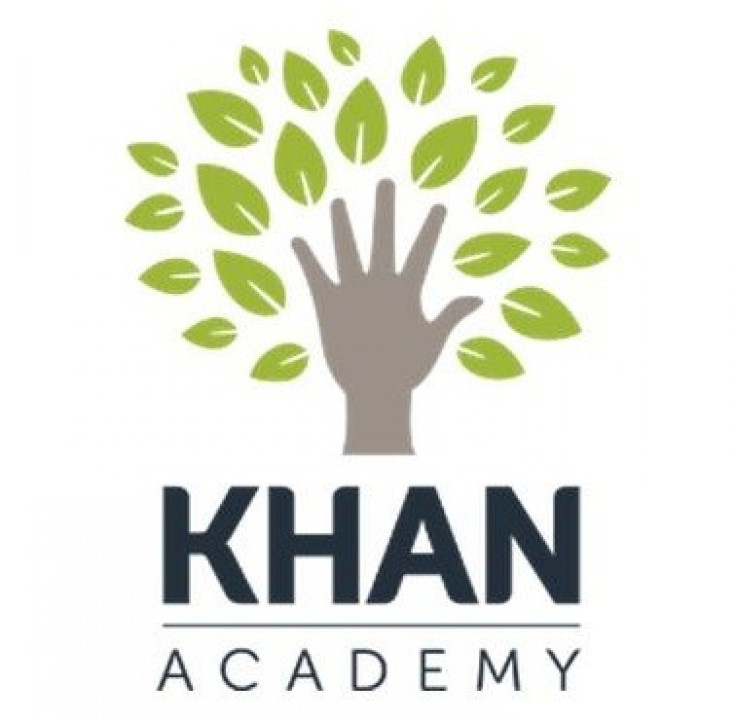Khan Academy Bets On Apple, Launches New iPad App With 2,700 Free Educational Videos

The Khan Academy, which aspires to change the education industry by providing free world-class education to anyone anywhere, officially launched its first-ever iPad app on Monday in an effort to distribute the not-for-profit organization's 2,700-plus educational videos.
Spend an afternoon brushing up on Statistics, urges the Khan Academy in its app description. Discover how the Krebs cycle works. Learn abou the fundamentals of Computer Science. Prepare for that upcoming SAT, Or, if you're feeling particularly adventurous, learn how fire stick farming changed the landscape of Australia.
The Khan Academy lectures cover subjects like K-12 math, finance, history and physics, and even offers practice exercises to apply what you've learned. As you progress, the Khan Academy remembers what you've learned and where you've spent your time, and uses the data to create charts and infographics to illustrate your progress.
It doesn't matter if you are a student, teacher, home-schooler, principal, adult returning to the classroom after 20 years, or a friendly alien just trying to get a leg up in earthly biology; Khan Academy's materials and resources are available to you completely free of charge, the company said.
Besides watching the lectures, the Khan Academy added a few ways to quickly and easily search for content within the videos. In the new iPad app, each Khan Academy video comes with an interactive transcript of the lecture, so users can browse or search a video by its subtitles. Users can also scrub the videos with their finger to move between different parts of the lectures, which is a great feature to add considering that many of the Khan Academy lectures are long.
With the ability to time-sync videos across multiple iOS devices, as well as download videos and playlists to watch the content offline, the Khan Academy app could be a great supplement to Apple's foray into digital textbooks.
If you're going on a road trip or if you're taking mass transit and you don't have cell service, or whatever, you can get the content, said Jason Rosoff, lead designer of the Khan Academy. Rosoff added that in the first version of the iPad app, both devices need to connect to the Internet and sync before going offline.
The Khan Academy chose the perfect time to build an iPad app: Apple is making a big push to make the iPad the poster child for digital education tools, just two months after unveiling iBooks 2 and iBooks Author, and just five days after announcing the new iPad. The Khan Academy can attract a big portion of iPad users, particularly since a new batch of iPads are set for release on Friday, March 16.
The iPad offers a big opportunity for students to get excited about learning again. The iPad has already demonstrated it can help children with learning disabilities make leaps and bounds in their development, and schools have already invested heavily in Apple's tablet. Roughly 1.5 million iPads are currently in use in educational institutions.
Shantanu Sinha, president and COO of the Khan Academy, explained that with the Khan Academy platform (website and iPad app), students can watch lectures at home and then complete assignments in class where a teacher is present, thus creating a flipped classroom.
The teacher is free to do a lot more of the human interaction, Sinha said.
More so than any other physical textbook or digital mobile platform, the iPad has proven to be a boon for visual learners. Now that the Khan Academy is on the iPad, students can enjoy watching videos as teachers keep track of their progress.
Very often, students who thought they were horrible in math, who were labeled bad in math by schools ... in many cases, they were just struggling with a very specific topic, Sinha said. Without the ability to explore lectures at home, struggling students were left behind as teachers progressed through the lesson plan. But, when students could focus on problem areas at their own pace, they could overcome weaknesses and catch back up with the class.
The Khan Academy is still working on adding the visualization and exercise tools into the iPad app, but once that happens, Rosoff hopes that schools choose to include the Khan lectures as a way to replace the textbook. Until then, users can still log into their Khan Academy accounts, get credit for watching videos, and track their goals and achievements within the app.
The Khan Academy, founded in 2006 by MIT grad Salman Khan, has been gaining momentum recently. The company is mostly funded by donations, but thanks to the Bill & Melinda Gates Foundation and Google, the Khan Academy has raised millions of dollars. Microsoft chairman Bill Gates is a big fan of the service, telling CNN that he uses it with his children, and Google recently saw its first employee technology director in Craig Silverstein leave for Khan Academy.
The Khan Academy app for iPad is free from the App Store. Download it and tell us your impressions in the comments section below.
© Copyright IBTimes 2024. All rights reserved.












